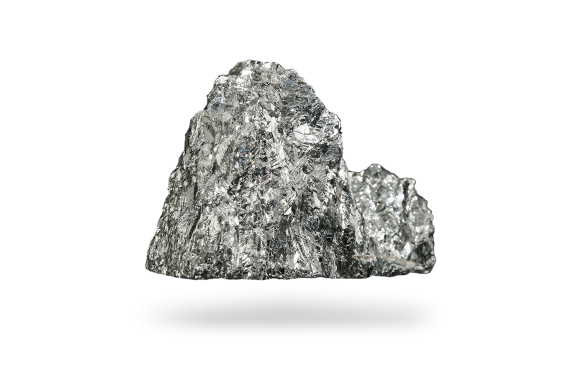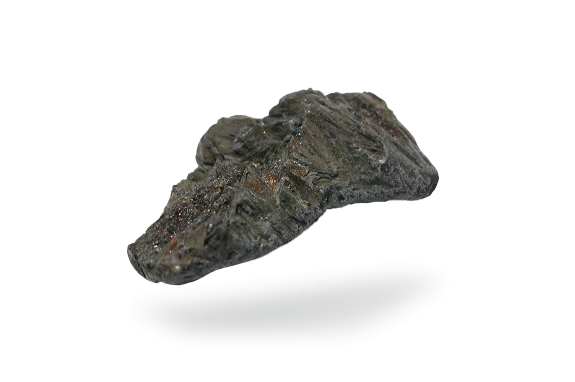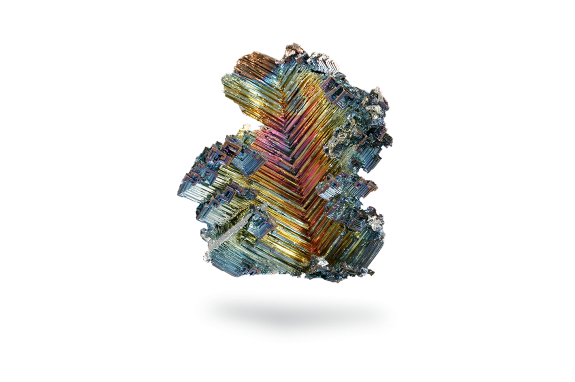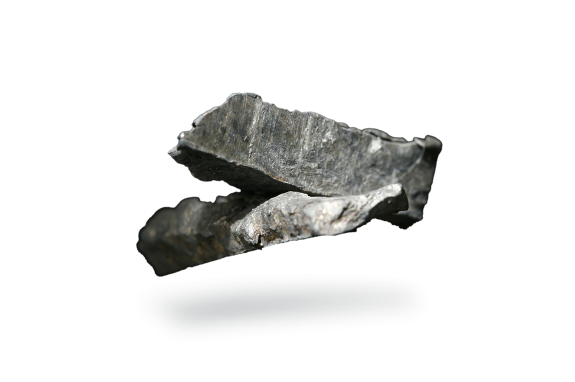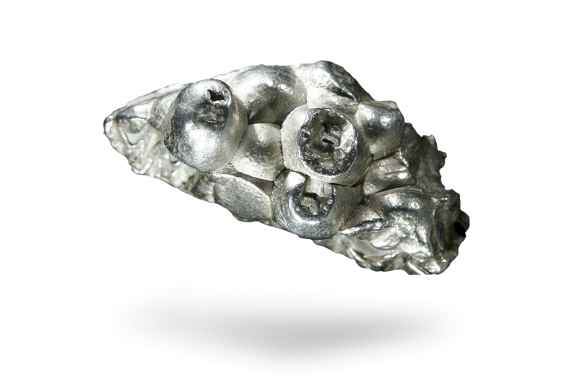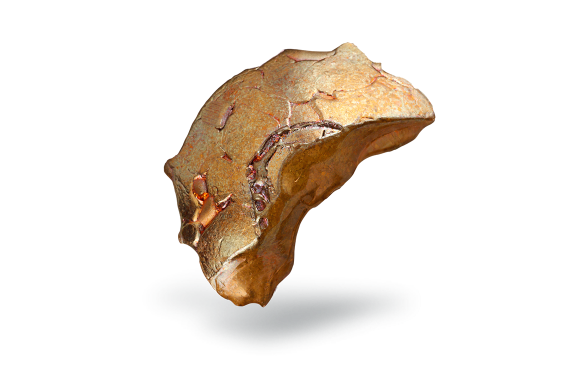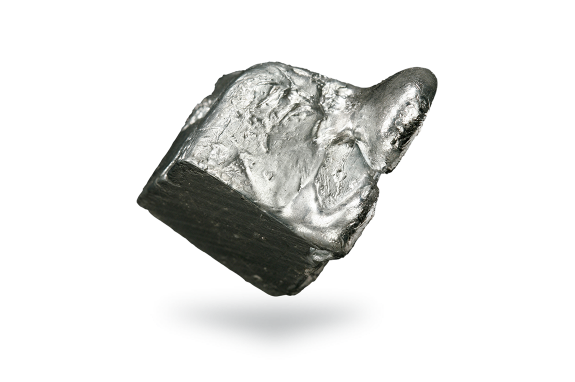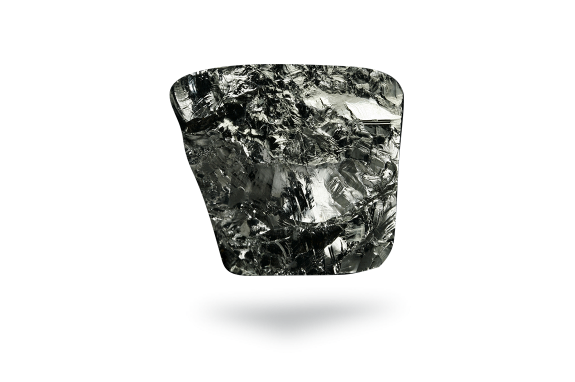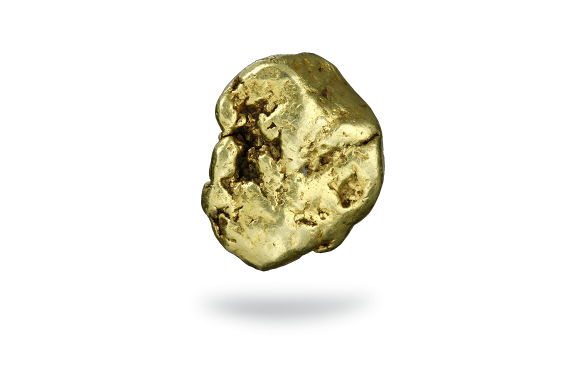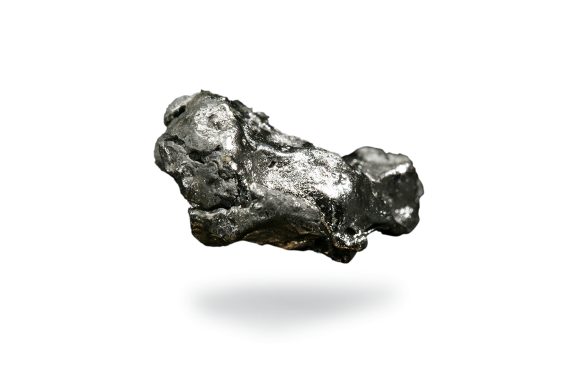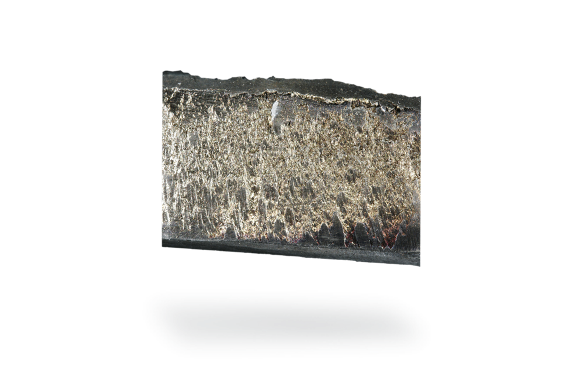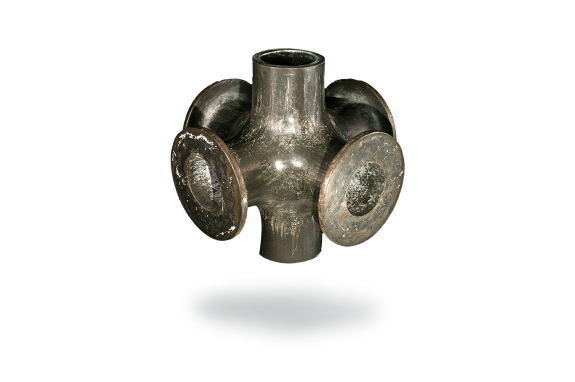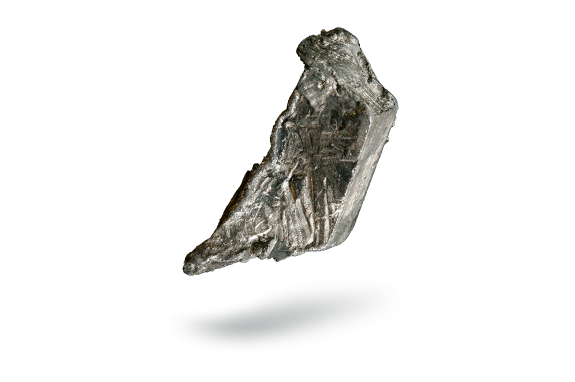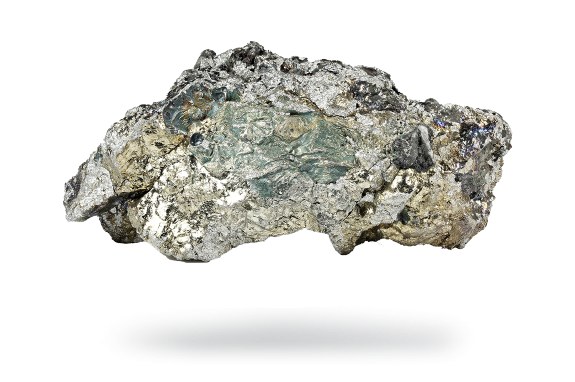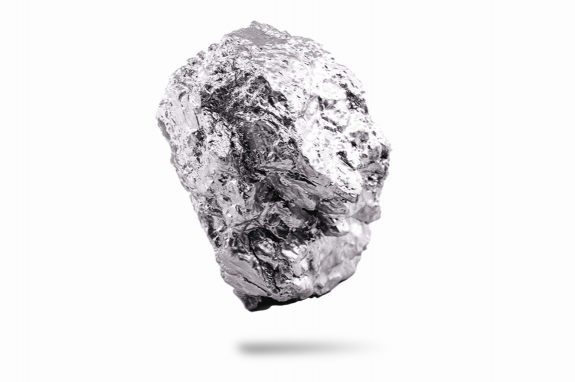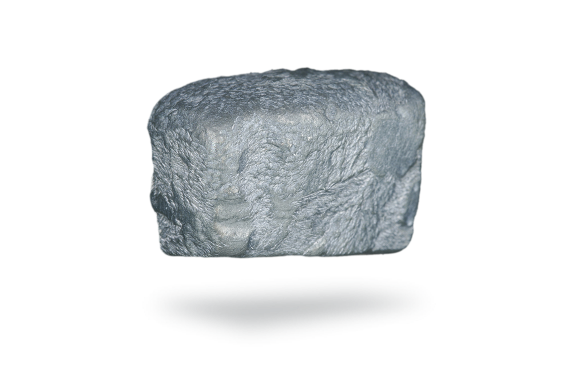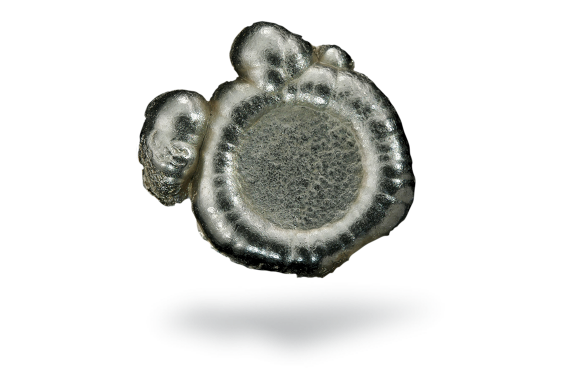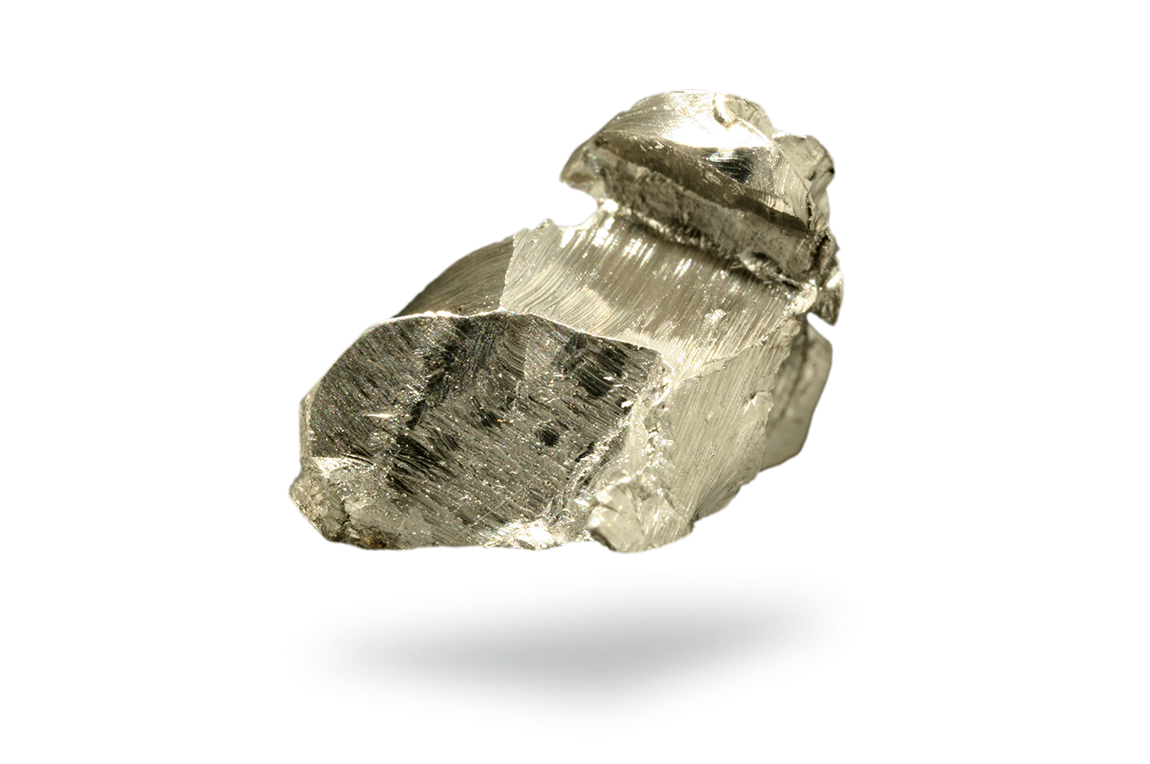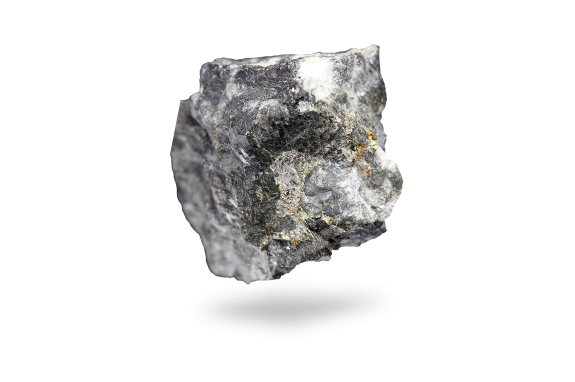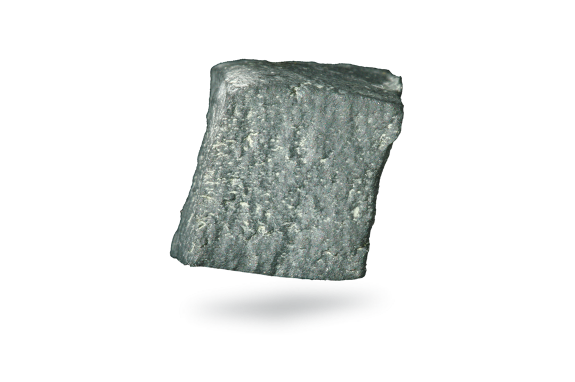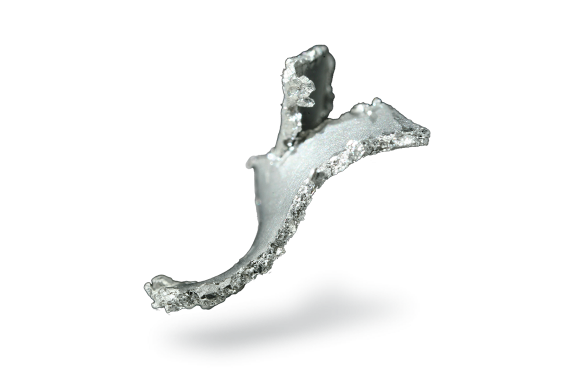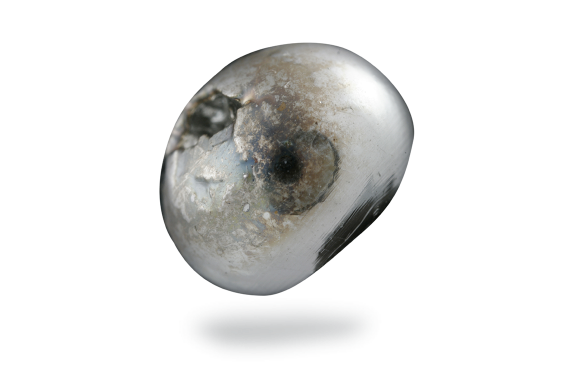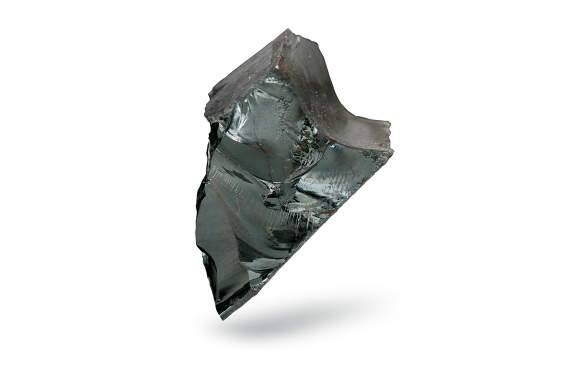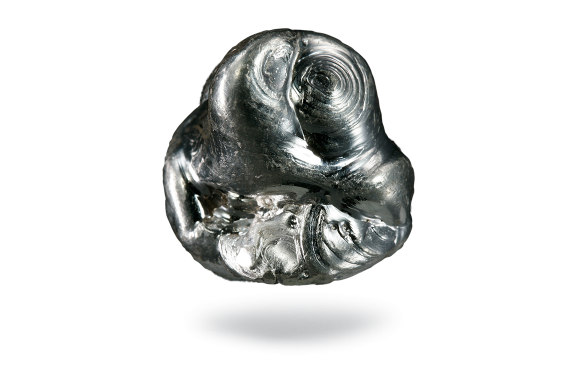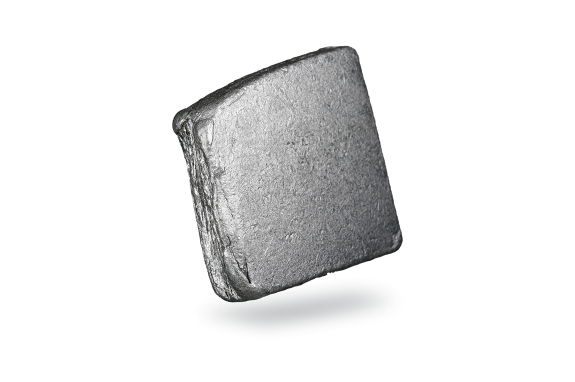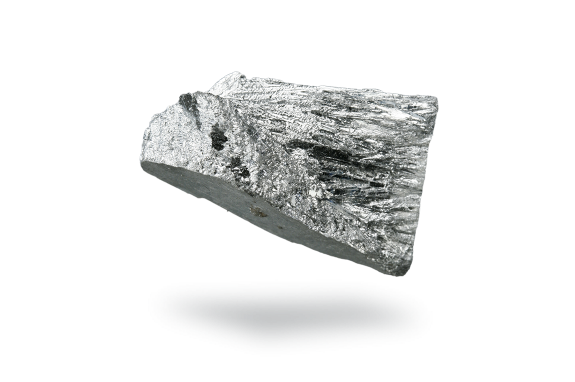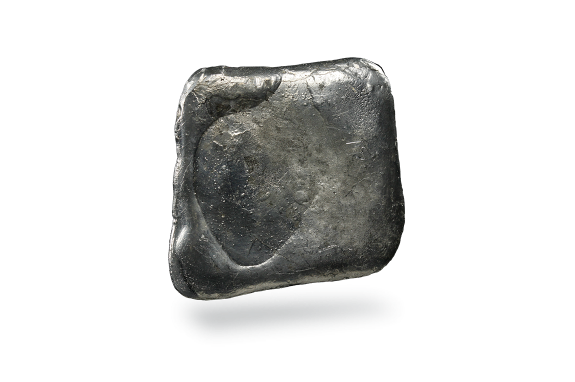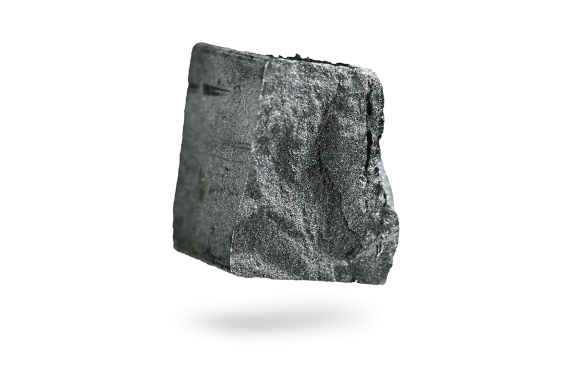Indium
Are your plans for this month to relax with a hot chocolate, a cozy blanket and a Christmas movie? Anyone watching a movie on TV is sure to recognize this metal. Did you know that indium is used in flat screen TVs? Watching TV not only helps you stay up to date on the latest news, shows and movies. It’s also a great way to relax. Thanks to the properties of indium, you can plan the perfect movie night at home with your friends, family and colleagues!
Applications
Indium can be found in our daily lives – and not only when watching TV. The first large-scale indium application was a coating for bearings in high-performance aircraft engines in World War II.
Today, indium is vital to the world's economy in the form of indium tin oxide (ITO). This is because ITO has the best properties needed for displays. In other words, this metal can be found in touch screens (smartphones, tablets), flat screen TVs and solar panels . Why? Because ITO is transparent, conducts electricity, adheres firmly to glass, resists corrosion and is chemically and mechanically stable.
ITO is also commonly used to make thin coatings for glass and mirrors. When applied as a coating on windshields in aircraft or cars, for example, ITO allows the glass to de-ice or de-mist, and it can reduce air-conditioning requirements. High-purity indium has found applications in electronics, such as InP single crystal wafers, as well as in CIGS solar cells.
Where else can we find indium? It is also used in the manufacture of sodium-vapor lamps in the form of an indium oxide deposit on the inner surface of the bulb to increase efficiency and luminosity, and on prescription glasses in ITO anti-static coating.
It is a component of low melting-point indium alloys (down to 42°C) for glass-to-glass or glass-to-metal joints, and of special solders applied mainly in the electronics industry. Here it is used for reflow soldering, low-temperature soldering and as a thermal interface material. At Umicore, high purity indium is employed as a thin solder bonding layer between the backing plate and the target plate of sputtering targets. It is also utilized to produce ITO sputtering targets or ITO evaporation materials to deposit thin films of ITO.
An indium alloy has been used for fire-sprinkler systems in shops and warehouses because of its low melting point.
We all enjoyed playing with toys back in the day, and we were not happy when the battery ran down. Well, indium can certainly help with that. Indium is also replacing mercury in zinc powders used in alkaline batteries (green batteries) to slow down the spontaneous discharge that occurs during storage and to increase the shelf life. According to some studies, indium coating could one day lead to more powerful and longer-lasting rechargeable lithium batteries.
Indium is also used as alloying element in jewelry.
Recycling
The growing demand for displays increased indium prices to peak levels in 2005-2006. However, recycling and manufacturing efficiency have helped create a good balance between supply and demand.
Indium is recovered from ITO spent targets that are used for conductive coatings. Recovering indium from dissipative uses such as flat panel displays and photovoltaics remains a very challenging process, particularly from the point of view of economic viability.
Properties
Indium is one of the least abundant minerals on Earth. It is quite rare and almost always found as a trace element in other minerals — particularly zinc, iron, lead and copper ores, from which it is typically obtained as a byproduct.
Indium is a shiny silvery metal that is so soft and malleable that it can be bent into almost any shape. When bent, it produces a noise comparable to a high-pitched scream. It does not tarnish in air and like lead, it can be scratched with a fingernail.
History
Indium was discovered in 1863 by the German chemist Ferdinand Reich in the course of a spectroscopic study of zinc mineral blends. After roasting the ore to remove most of the sulfur, he applied hydrochloric acid to the remaining materials. He then observed a yellowish solid. Since he was color blind, he asked Richter to examine the sample.
Intrigued by a dominant violent-indigo line, they succeeded in isolating a new element, which they called indium after the Latin word indicum, meaning violet - as a reminder of the characteristic color of its spectrum. Unfortunately, their relationship turned sour when Reich learned that Richter had claimed to be the discoverer.


